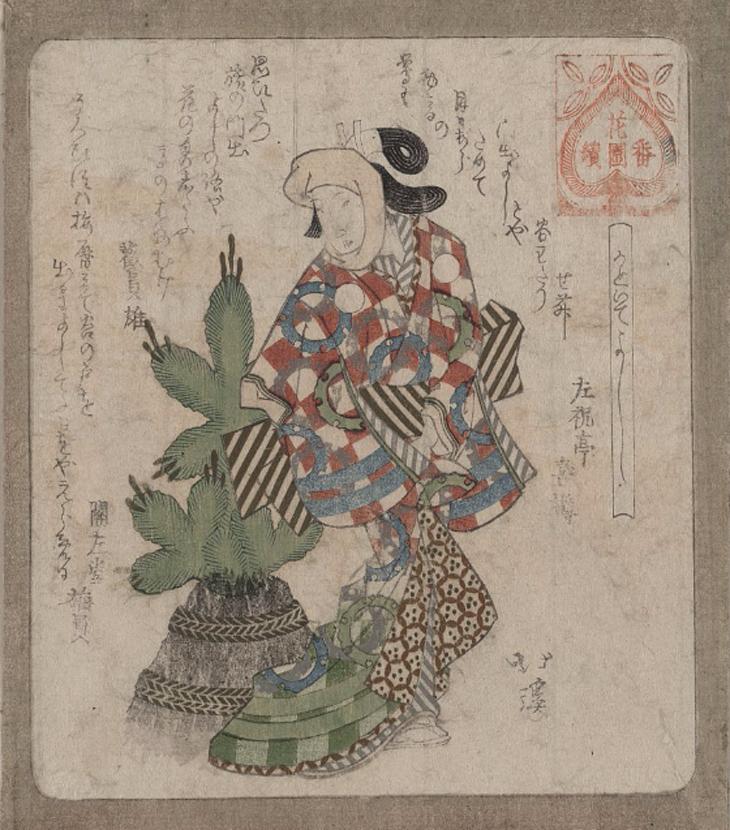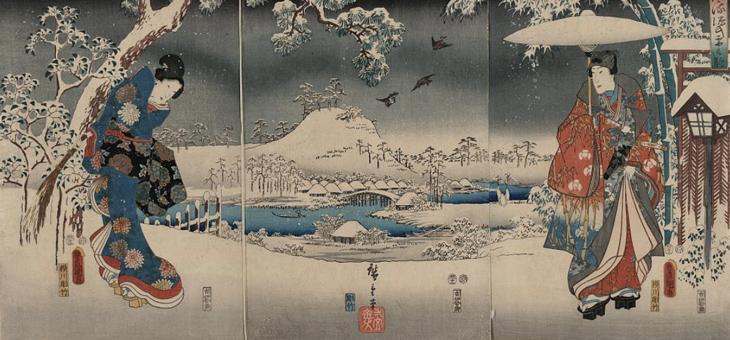In pictures: 2,500 stunning Japanese woodblock prints just entered the public domain
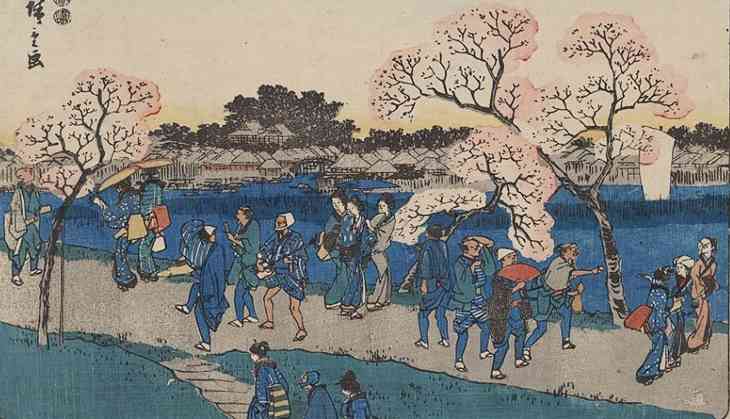
The United States Library of Congress has recently released 2,500 rare Japanese woodblock prints from the seventeenth to early twentieth century into the public domain. The prints are to be part of the Library of Congress’ online collection, that includes the works of artists Hiroshige, Kuniyoshi, Sadahide, and Yoshiiku, amongst others.
The collection is defined by works belonging to pre-1915 Japan, and especially art movements popularly known as Ukiyo-e and Yokohama-e.
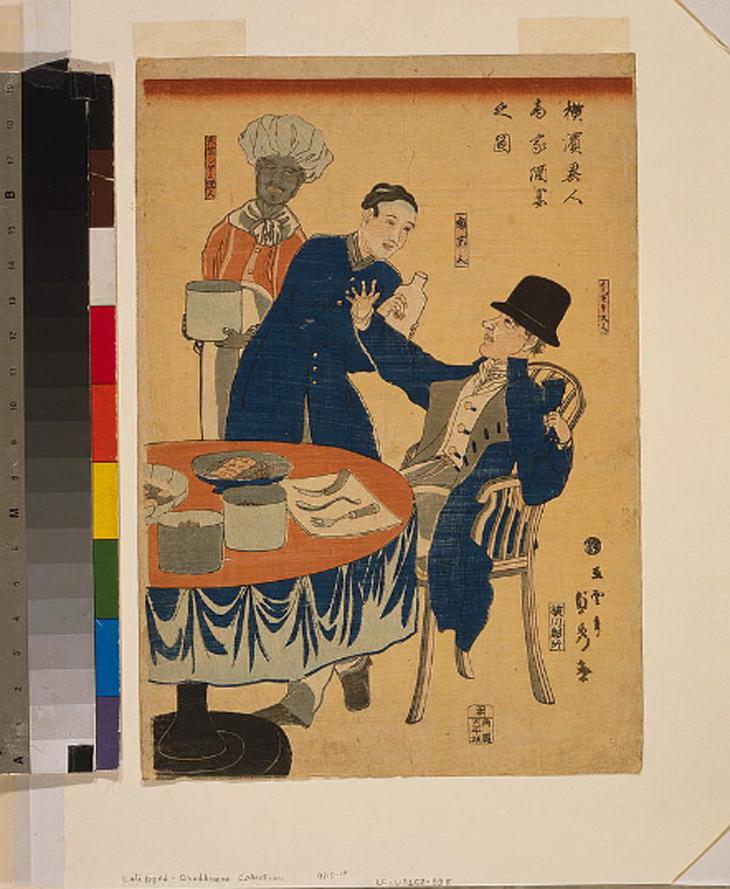
In Japanese art history, the period between 1600-1868 is known as the Edo period, as most of the works were created and developed in Edo (modern day Tokyo). The pleasure quarters of the city, that included trendy restaurants, brothels and theatres, were the main source of inspiration for Ukiyo-e artists.
The floating world of Edo was the underlying theme during this period, and served as the constant muse for artwork.
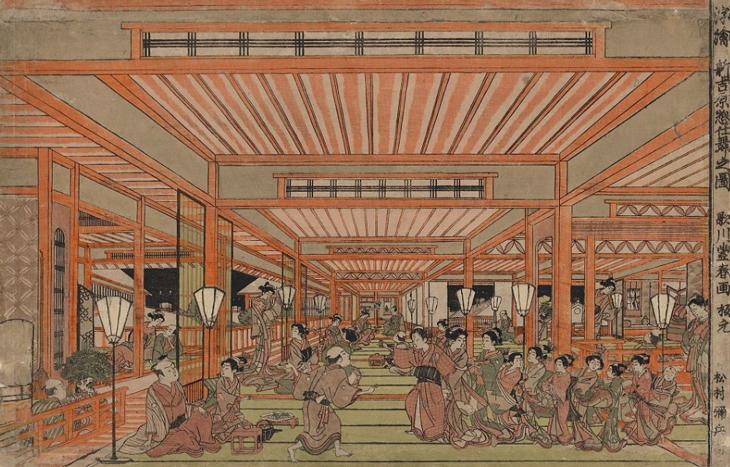
Meanwhile, the art movement Yokohoma-e came much later in the late nineteenth century period. This movement is characterised by Japan’s exposure to foreign dignitaries and tourists, when the art scene opened up considerably.
Japanese artists moved away from Tokyo, and looked for inspiration in cities such as Yokohoma. They began to be influenced by western engravings and newspapers. Not surprisingly, the nature of the imagery changed as well, as artists began to sketch foreigners, locomotives, and a whole new array of imagery that marked the growing exchange between Japan and the West.
These are some of the prints that have recently been released. You can view the full collection here(https://www.loc.gov/collections/japanese-fine-prints-pre-1915/about-this-collection/).
